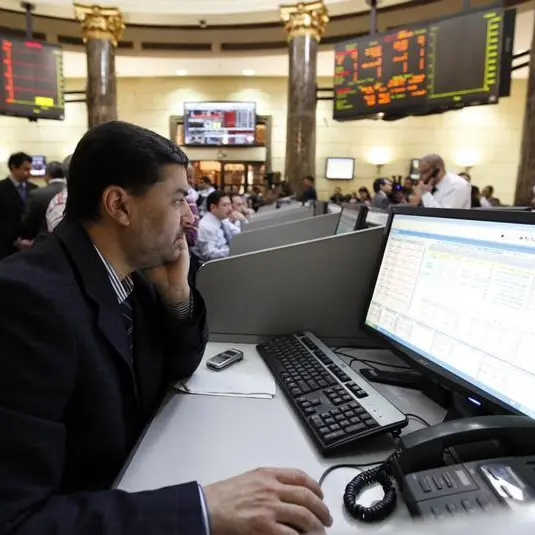NEW YORK - Financial institutions flush with cash have flocked to the Federal Reserve's reverse repurchase (RRP) facility, loaning the U.S. central bank money at 0% interest and raising concerns in the bond market that key short-term interest rates could actually fall below zero.
Volume at the Fed's overnight reverse repo window surged to $433 billion on Tuesday, according to New York Fed data. Analysts said that was the third largest uptake ever, the biggest being $474.6 billion on Dec. 31, 2015.
A little over two months ago, around mid-March, there was zero reverse repo activity.
Scott Skyrm, executive vice president in fixed income and repo at Curvature Securities, said the fact that "volumes are this huge in a non-month end and non-quarter end period tells me that this is a distortion in the market."
"Big picture, this suggests to me that quantitative easing is done and the Fed needs to taper," or reduce its purchase of U.S. Treasuries and other debt assets.
The market is grappling with a surfeit of cash in the system mainly from Fed asset purchases and the U.S. Treasury's financial support to the economy in response to the coronavirus pandemic.
That has pressured front-end interest rates, with some overnight repo rates periodically turning negative this year. On Monday, the overnight repo rate fell to -0.01% , the lowest since late March, but recovered on Tuesday to 0.02%.
The Fed launched its reverse repo program in 2013 to soak up extra cash in the repo market and create a strict floor under market rates, particularly its policy rate. Eligible counterparties lend cash to the Fed in return for Treasury collateral on an overnight basis.
In this year's March policy meeting, the Fed raised the amount counterparties can lend to $80 billion, from $30 billion.
Together with other deposits, the Fed has been draining more than $500 billion per day in bank reserves, according to Barclays.
"The fact that balances in these programs are swelling is an indication that money funds, non-U.S. official institutions, and the government state enterprises are struggling to find assets with returns above 0%," said Joseph Abate, managing director, fixed income research at Barclays in a research note.
"And as their cash holdings increase, they have few investment alternatives outside the Fed's balance sheet."
Gennadiy Goldberg, senior rates strategist, at TD Securities said so far the facility is working as intended, "as a relief valve for excess cash."
Without the reverse repo activity, "money market rates such as SOFR (U.S. secured overnight financing rate) would be pressured lower possibly below zero," he added.
SOFR, an overnight repo rate that will replace Libor as a reference rate, has remained pinned at 1 basis point. The effective fed funds rate, the rate banks charge each other for overnight loans to meet reserves required by the U.S. central bank, is currently at 6 basis points, while Treasury bill yields with maturities beyond July are at 0% or barely above.
Some market participants expect the Fed to raise the reverse repo rate and the interest on excess reserves (IOER), currently at 0.10%, two rates that influence overnight fed funds to trade within the target range.
That should take pressure off the bill and repo markets.
(Reporting by Gertrude Chavez-Dreyfuss; Editing by Alden Bentley and David Gregorio) ((gertrude.chavez@thomsonreuters.com; 646-301-4124; Reuters Messaging: rm://gertrude.chavez.reuters.com@reuters.net))











